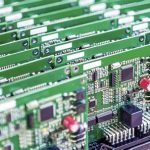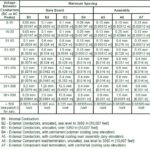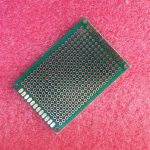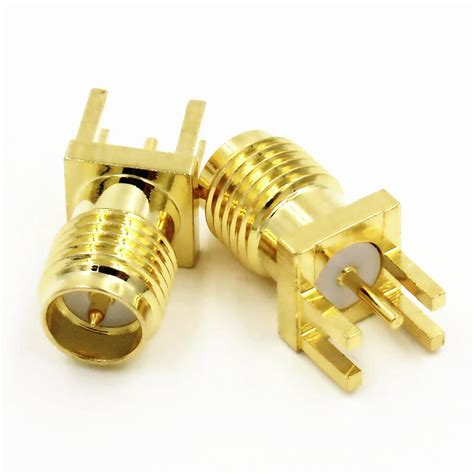
Blog
-
PCB Connector Types – What You Need To Know
Posted by
–
 Read more: PCB Connector Types – What You Need To Know
Read more: PCB Connector Types – What You Need To KnowWhat are PCB Connectors? PCB connectors, short for printed circuit board connectors, are electrical components that facilitate the connection between two or more printed circuit boards or between a PCB and other components such as cables, wires, or devices. These connectors ensure reliable electrical and mechanical connections, allowing for the […]
-
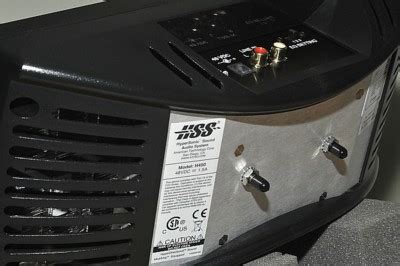 Read more: Hypersonic Sound System: The Complete Guide for HSS
Read more: Hypersonic Sound System: The Complete Guide for HSSWhat is Hypersonic Sound? Hypersonic sound (HSS) is a highly directional audio technology that uses ultrasonic frequencies to create audible sound in a narrow beam. Unlike traditional speakers that disperse sound in all directions, HSS systems can target sound to a specific location or individual, making it seem like the […]
-
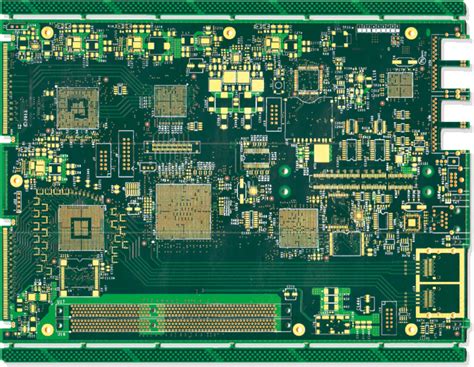 Read more: What is Multilayer PCB? Definition, Manufacturing & Applications
Read more: What is Multilayer PCB? Definition, Manufacturing & ApplicationsIntroduction to Multilayer PCB A Multilayer PCB, also known as a multilayer printed circuit board, is a complex and advanced type of PCB that consists of multiple layers of conductive copper foil laminated together with insulating material. These layers are interconnected through plated holes called vias, which allow electrical signals […]
-
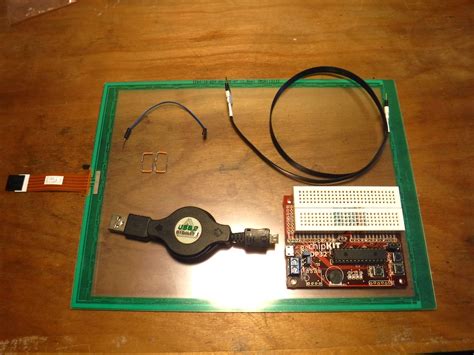 Read more: Resistive Touch Sensor: What It Is and How It Works
Read more: Resistive Touch Sensor: What It Is and How It WorksWhat is a Resistive Touch Sensor? A resistive touch sensor is a type of touch-sensitive interface that detects touch input by measuring the change in electrical resistance between two conductive layers when they are pressed together. It consists of a sandwich of layers, including a flexible top layer and a […]
-
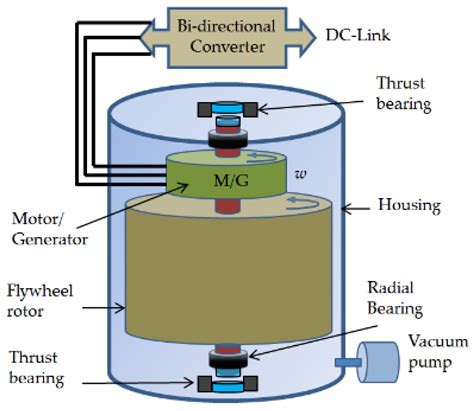 Read more: Circuits With Free Energy: Is it Possible to Make Free Energy?
Read more: Circuits With Free Energy: Is it Possible to Make Free Energy?What is Free Energy? Free energy, also known as “over-unity” energy, refers to the concept of creating a system that generates more energy than it consumes. In other words, it is the idea of producing energy without any external input or fuel source. This concept challenges the fundamental laws of […]
-
Blind and Buried Vias
Posted by
–
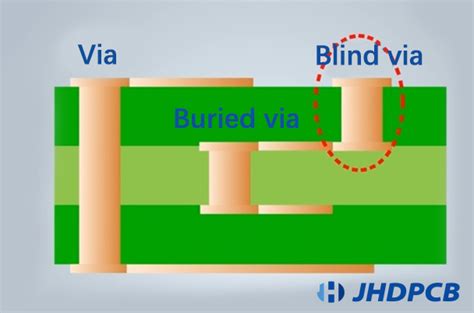 Read more: Blind and Buried Vias
Read more: Blind and Buried ViasWhat are Blind Vias? Blind vias are a type of interconnect used in printed circuit boards (PCBs) that start on an outer layer and terminate on an inner layer, without going through the entire thickness of the board. Unlike Through-Hole Vias, which penetrate all layers of the PCB, blind vias […]
-
Innerlayer imaging for multilayer PCB
Posted by
–
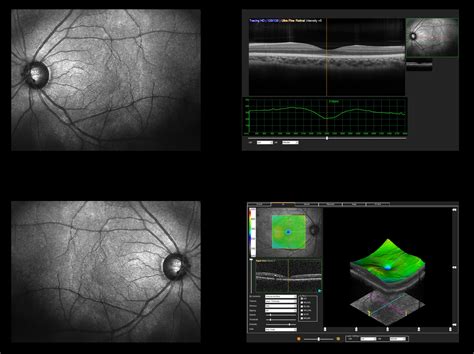 Read more: Innerlayer imaging for multilayer PCB
Read more: Innerlayer imaging for multilayer PCBIntroduction to Innerlayer imaging Innerlayer imaging is a crucial process in the manufacturing of multilayer printed circuit boards (PCBs). It involves transferring the circuit pattern onto the copper-clad laminate, which will be used as an inner layer in the final PCB Stack-Up. The accuracy and precision of innerlayer imaging directly […]
-
Thick copper PCBs
Posted by
–
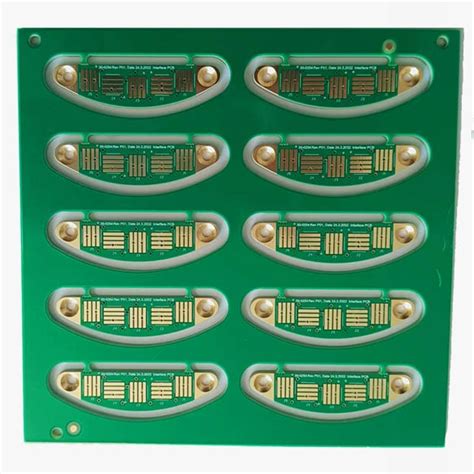 Read more: Thick copper PCBs
Read more: Thick copper PCBsIntroduction to Copper PCBs Printed Circuit Boards (PCBs) are the backbone of modern electronics. They provide a platform for electrical components to be mounted and interconnected, enabling the creation of complex circuits and systems. One crucial aspect of PCB design is the choice of materials, particularly the copper layer thickness. […]
-
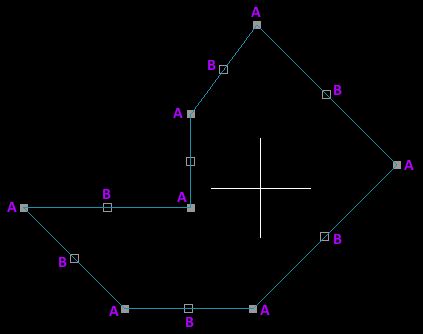 Read more: Altium Polygon pour breaks on rigid flex split lines
Read more: Altium Polygon pour breaks on rigid flex split linesIntroduction to Polygon pours in Altium Designer Polygon pours are a powerful feature in Altium Designer that allow you to fill large areas of your PCB with copper. They are commonly used for power and ground planes, shielding, and creating custom copper shapes. However, when working with Rigid-Flex Designs, polygon […]
-
PCB design of DFM some matters needing attention
Posted by
–
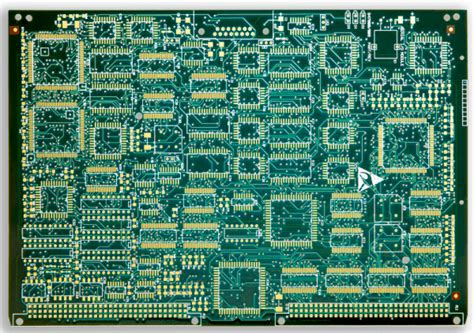 Read more: PCB design of DFM some matters needing attention
Read more: PCB design of DFM some matters needing attentionWhat is DFM in PCB Design? DFM (Design for Manufacturability) is the process of proactively designing products to optimize all manufacturing functions – fabrication, assembly, test, procurement, shipping, delivery, service, and repair. The goal is to achieve the lowest possible total cost while maintaining the required quality and reliability. In […]
